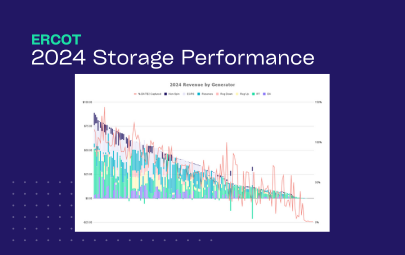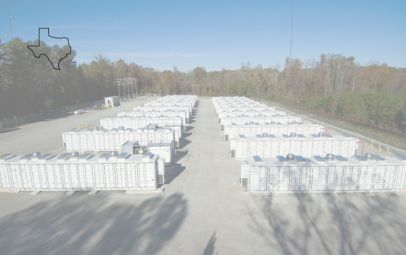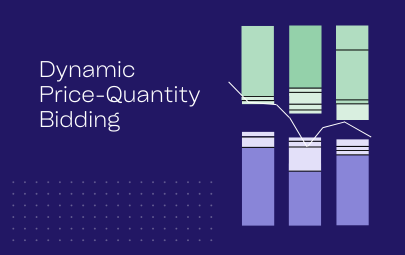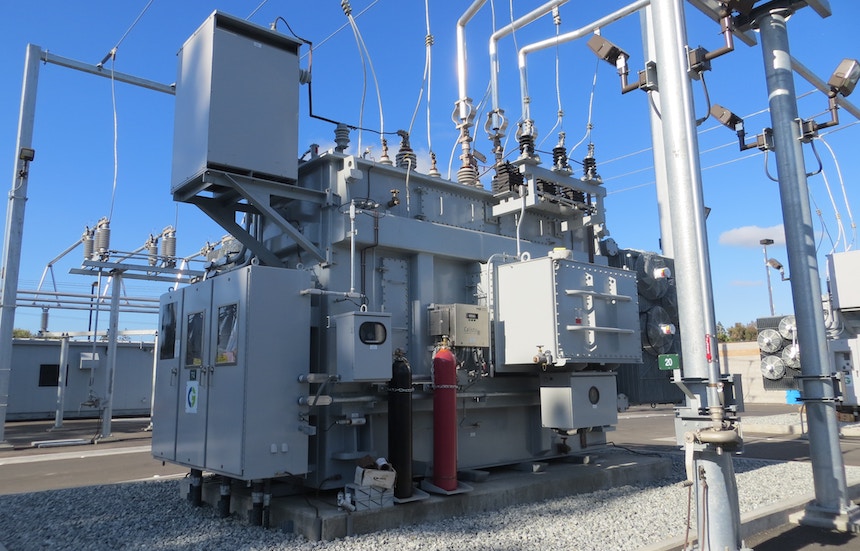You’ve developed an investment case, secured funding, undergone development – construction of your battery energy storage system (BESS) is nearly complete. Now what?
Getting your new energy storage system connected and ready for operations in ERCOT can feel like a daunting task. Following a clear, step-by-step process can help smooth (and even accelerate) the path to revenue generation.
We’ve successfully guided storage assets through go-live — ensuring full integration, smooth market entry, and revenue from day one.
Step 1: Market Integration
Getting your battery connected to the ERCOT market is foundational to your ability to transact. Selecting the best partners and ensuring automated communication across their platforms will support seamless operations and avoid downtime.
In order to summit bids, get dispatch instructions, and receive financial settlements, batteries must be connected to the market operator via a Qualified Scheduling Entity (QSE). Your QSE serves as the intermediary between your asset and the market, facilitating bid submission and handling financial settlements.
Qualified Scheduling Entity (QSE): Intermediary between electricity generators and ERCOT; submits bids on behalf of generators and handles financial settlements.
Choosing the right QSE is crucial — misaligned expectations on timing or insufficient data interoperability can lead to lost revenue and operational headaches.
Step 2: Asset Integration
Having near real-time data on the physical state of the asset flowing into your optimizer is non-negotiable for successful operations. Up to date and accurate telemetry data informs market participation, avoids infeasible bids and potential penalties, and maximizes revenue.
Said simply, you need to know how much charge is in the battery to configure and place strategic bids – and avoid overcommitting your asset. This can lead to basepoint deviations, failure to perform & provide, and suboptimal (or even infeasible) bid plans.
Key considerations:
- Data Accuracy & Latency: Is telemetry updating in near real-time (<30 seconds at a minimum)? Delayed or inaccurate telemetry can lead to suboptimal bidding decisions.
- Required Data Points: Ensure your system is capturing and able to communicate all critical metrics — SOC, power output, aux loads, availability, etc.
- Unified Data View: Consolidating all telemetry, bid, and dispatch activity into a single source of truth (like Tyba) enables more effective strategy evaluation and risk management.
- Cloud Connected: Ensure data is continuously synced, accessible in real time, and actionable across platforms.
These data are typically pulled from your Battery Management System (BMS), Energy Management System (EMS), and/or Supervisory Control and Data Acquisition (SCADA) system. Given the quantity of data and speed at which it changes, data interoperability is paramount.
Step 3: Get Familiar with your Optimization Platform
The next priority is getting comfortable with your storage asset operations platform. Make sure it’s intuitive and easy to navigate. If your team plans to be more hands-on during operations, it can also be useful to ensure you’ll have the ability to make strategic adjustments directly in the platform.
A few key questions to ask:
- Are day-ahead forecasts generally accurate? Do they capture price shape and identify the most lucrative market products by interval?
- Can you easily see the day-ahead and real-time bidding strategy and understand the logic behind it?
- Can you make adjustments directly if needed? If your team wants hands-on control, the platform should allow for strategic overrides and real-time tuning.
- How has the optimization platform accounted for risk? Is it poised to adapt quickly to changing market rules?
Step 4: Strategy Development
Before full market participation, we highly recommend shadow bidding your energy storage system in a simulated live environment with a few different operating strategies. This allows you to evaluate how your asset will behave under real-world conditions – and hone in on the optimal default operating approach.
Here’s how we do this:
- Align on key strategies to test: Evaluate different bidding approaches and risk tolerances.
- Test “as live”: Configure the asset in Tyba’s platform and observe how the optimizer submits bids and adjusts dispatch.
- Analyze and compare performance: Understand performance and revenue outcomes in aggregate, and on different types of days (ex. a day with extreme cold vs. an average spring day)
By the time your asset officially goes live, you’ll have a data-driven approach to execution.
Step 5: Real-Time (RT) Energy-Only Operations
Once a battery energy storage system is energized and able to charge from / dispatch energy into the grid, there is still one more phase of testing it must undergo before being allowed to participate in Day Ahead (DA) energy or Ancillary Services (AS). In ERCOT, this final step is called checklist part-3 approval.
However, while awaiting this approval, battery storage systems can still participate in RT energy, which means beginning market participation and therefore revenue generation months sooner.
In this phase, it is also important to monitor battery behavior. We have found that certain parameters such as charge and discharge efficiency may be different in practice. Adjusting the battery storage optimization platform to ensure it is using realized values – as opposed to those noted on the box – will drive superior outcomes.
Step 6: Ancillary Services (AS) Readiness
Once you’ve mastered real-time operations, the next step is qualifying for Ancillary Services—an essential revenue stream for storage assets.
In addition to the checklist part-3 approval process, ensure your operations solution has accounting for:
- Duration Requirements: Each service has unique duration, minimum state of charge (min SOC) and response time requirements that must be factored into bidding logic.
- Real-Time Optimization: Platforms should automatically maximize available SOC – so if an AS obligation isn’t called, the optimizer can dynamically re-allocate that energy if other lucrative opportunities arise.





